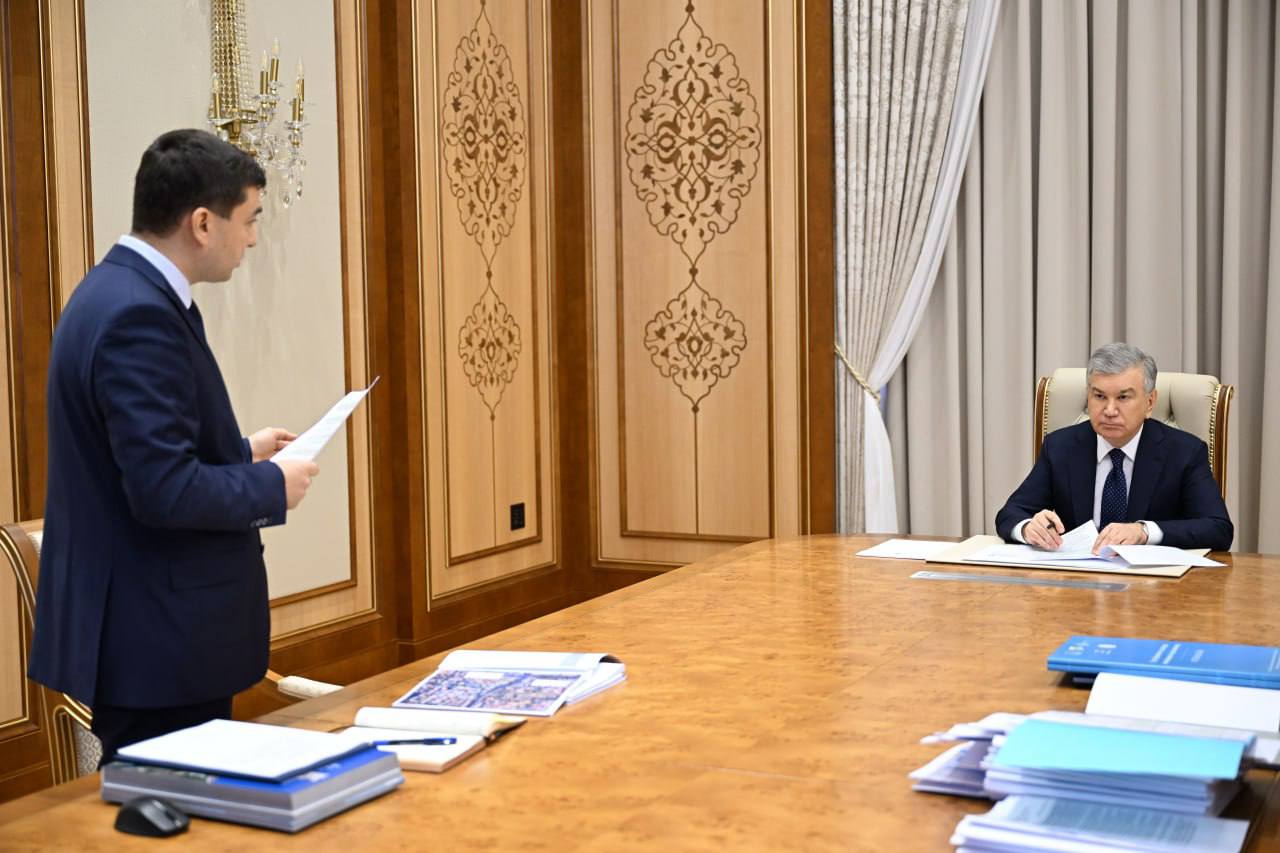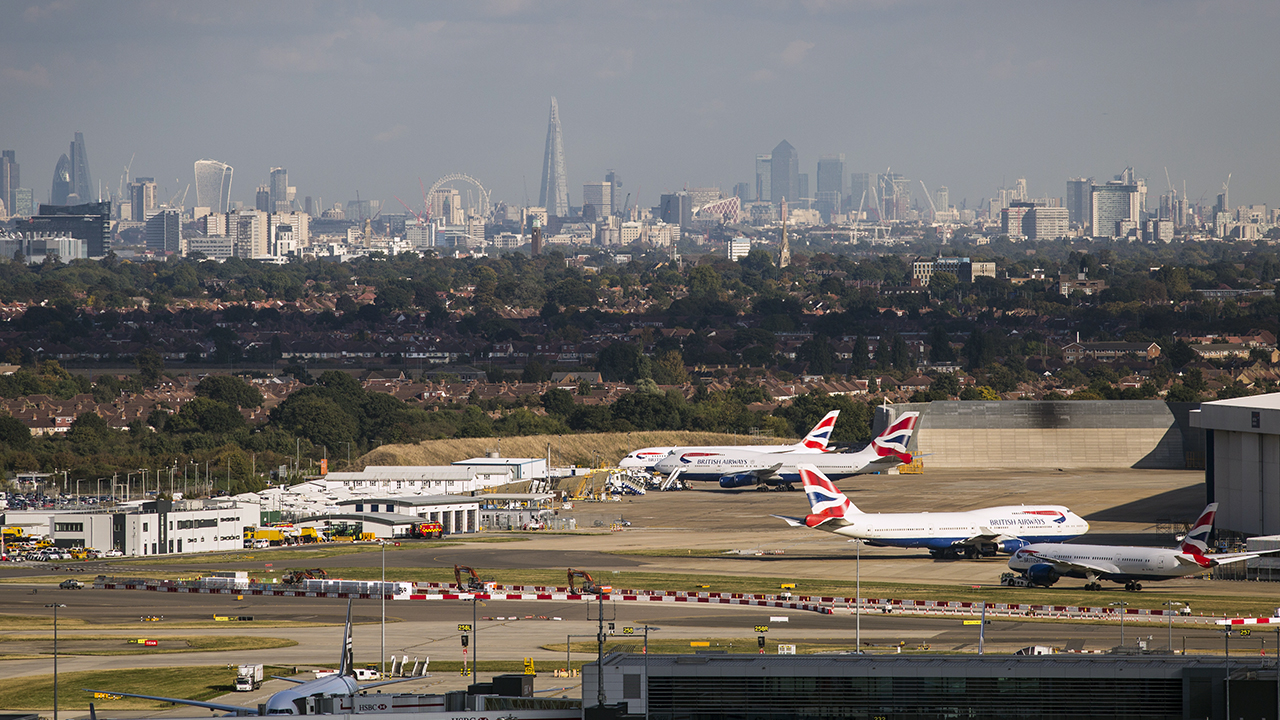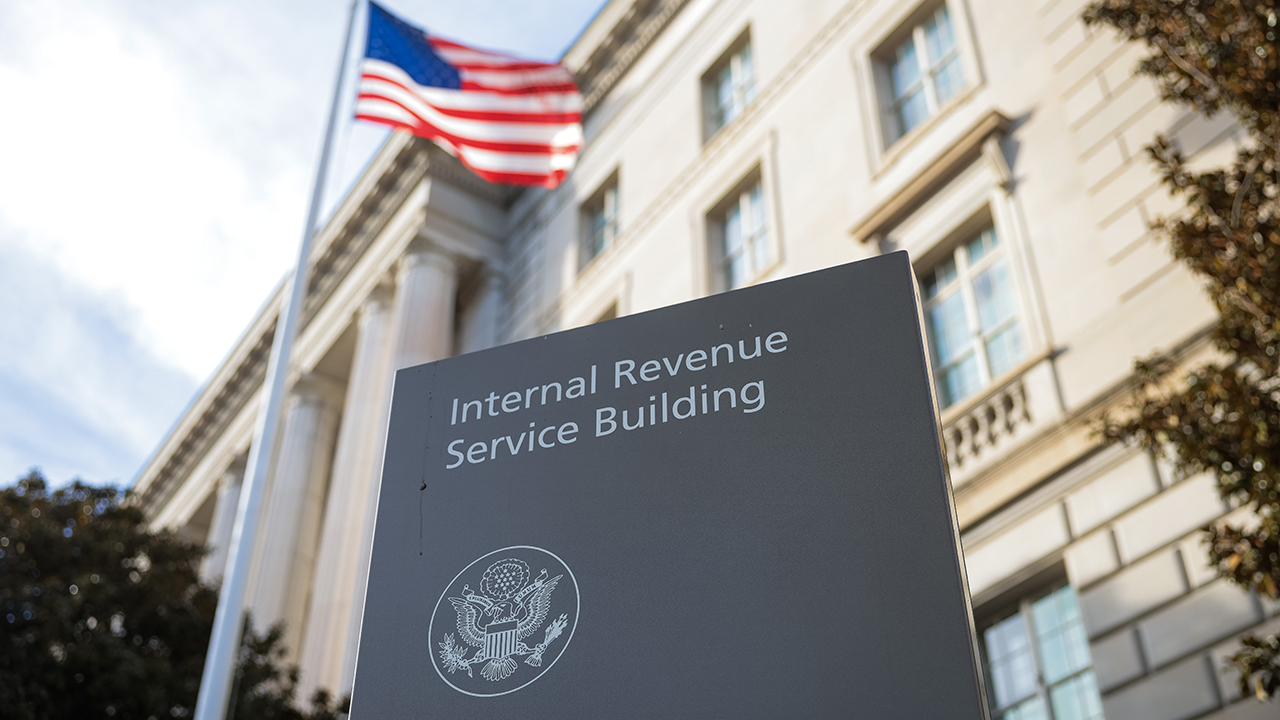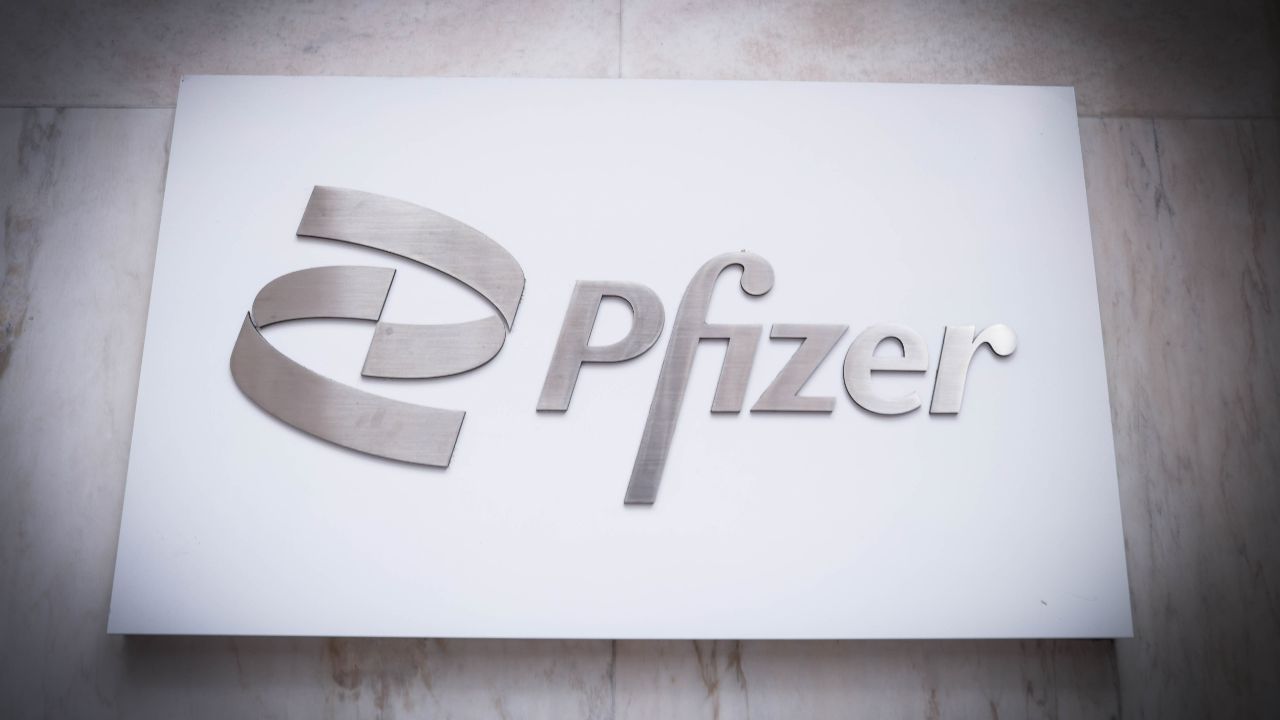How to Get a VAT Refund in Europe?

Businesses operating internationally often face one recurring challenge, paying Value Added Tax (VAT) on expenses across multiple countries. Whether it’s travel, accommodation, supplier invoices, or import-related costs, VAT can quickly accumulate and reduce profitability. Fortunately, through the EU refund mechanism and specific country processes, you can recover these costs. In this guide, we’ll explore how to get a VAT refund in Europe, who is eligible, what documentation is required, and the steps to ensure your business reclaims what it’s owed.
What Is a VAT Refund in Europe?
A VAT refund in Europe is the process of reclaiming VAT paid on goods and services purchased in EU countries where your business is not established. For example:
- A UK-based company attending a trade fair in Germany can claim back VAT on hotel stays and event fees.
- A US recruitment agency sourcing staff in Poland can reclaim VAT on local supplier invoices.
The goal is to prevent businesses from being unfairly taxed when trading across borders.
Who Can Apply for a VAT Refund in Europe?
Eligibility depends on your business location:
- EU Businesses (Intra-EU Refunds)
If your company is registered in one EU country but incurs expenses in another, you can apply for a refund through your home country’s tax authority, as defined under Directive 2008/9/EC. - Non-EU Businesses (13th Directive Refunds)
Companies established outside the EU (e.g., USA, UAE, UK post-Brexit) can also apply, but refunds depend on reciprocity agreements between the EU country and the applicant’s home country under the 13th Directive (86/560/EEC)
Eligible Expenses for VAT Refund in Europe
Businesses can reclaim VAT on a wide range of expenses, including:
- Travel & Accommodation: Hotel stays, taxis, and transport tickets.
- Conferences & Trade Fairs: Event entry fees and stand rentals.
- Professional Services: Consultancy, legal, or training costs.
- Fuel & Transport Costs: Car rentals, fuel purchases.
- Supplier Invoices: Business purchases that include VAT.
Note: Some expenses may be excluded depending on national rules (e.g., restaurant bills or luxury entertainment).
Step-by-Step Process – How to Get a VAT Refund in Europe
Step 1: Check Eligibility
Confirm that your company qualifies under either the EU refund scheme (Directive 2008/9/EC) or the non-EU 13th Directive.
Step 2: Collect Invoices and Documentation
Keep all original invoices, receipts, and proof of payment. Documents must clearly show the VAT charged.
Step 3: Submit Application Through Local Tax Authority
- EU Businesses: Apply via the electronic portal in your home country. The tax authority forwards the claim to the country where VAT was paid.
- Non-EU Businesses: Apply directly to the foreign country’s tax authority, usually by post with notarised documentation.
Step 4: Meet Deadlines
- Applications must be submitted by 30 September of the year following the expenses.
- Example: VAT paid in 2024 must be claimed by 30 September 2025.
Step 5: Await Processing
Tax authorities review the application and may request further documents. Refunds are usually paid directly into your business bank account.
Documentation Required
To successfully claim a VAT refund in Europe, you typically need:
- Original or digital invoices showing VAT.
- Proof of business activity (e.g., contracts, company certificate).
- Bank account details (IBAN/SWIFT for EU payments).
- For non-EU businesses: certificate of tax residency from home country.
How Long Does a VAT Refund Take in Europe?
- EU Refunds: Processing usually takes 4–8 months, depending on the country.
- Non-EU Refunds: Can take longer, often 6–12 months.
If your claim is approved, the refund is transferred directly to your business bank account.
Common Challenges in VAT Refunds
- Incomplete Documentation – Missing or unclear invoices can cause rejection.
- Different Country Rules – Some EU states exclude specific expenses.
- Language Barriers – Applications often need local translations.
- Deadlines – Late applications are automatically rejected.
Why Use a Professional VAT Refund Service?
While it’s possible to apply independently, many businesses prefer using professionals. Here’s why:
- Efficiency: Experts ensure applications are correct and complete.
- Maximised Refunds: Identify all eligible expenses.
- No Win, No Fee: Many services only charge if refunds are successful.
- Network Advantage: Access to local offices in multiple EU countries.
At Open a European Company (OAEC), we partner with VAT Experts in Europe, ensuring claims are handled quickly and efficiently across 20+ countries.
VAT Refund in Europe – Country Highlights
Germany
- Major destination for business travel and trade fairs.
- Refunds allowed for hotel stays, fairs, and transport.
France
- Refundable: Hotels, transport, and some services.
- Strict documentation rules.
Poland
- Refund available for suppliers, trade shows, and fuel.
- Requires detailed invoice verification.
Netherlands
- Attractive hub for trade and logistics.
- Refunds are available for warehousing, professional services, and events.
USA Companies Claiming VAT in Europe
- Refunds depend on reciprocity agreements. For example, US firms can reclaim VAT from some EU states but not all.
Table: VAT Refund Rules and Requirements by Country
| Country | Eligible Expenses for Refund | Who Can Apply (EU / Non-EU) | Special Requirements / Notes | Average Processing Time |
|---|---|---|---|---|
| Germany | Hotel stays, trade fairs, professional services, transport | EU & Non-EU (reciprocity applies) | Requires detailed invoices with VAT breakdown; translation may be needed | 4–6 months |
| France | Hotels, transport, and professional services | EU & Non-EU (reciprocity applies) | Very strict documentation rules; restaurant bills usually excluded | 6–9 months |
| Poland | Trade shows, suppliers, transport, and fuel expenses | EU & Non-EU (reciprocity applies) | Invoices must be verified; notarised copies required for non-EU businesses | 6–10 months |
| Netherlands | Warehousing, logistics, professional services, events | EU & Non-EU (reciprocity applies) | Must provide valid VAT certificate and IBAN; refunds processed electronically | 4–8 months |
| USA (Non-EU Example) | Not applicable — refunds depend on EU country reciprocity | U.S. companies claiming in EU states | Refunds possible only in select EU countries with reciprocity agreements | 6–12 months |
Practical Tips for a Smooth VAT Refund
- Keep Digital Records: Scan and save invoices regularly.
- Start Early: Don’t wait until the September deadline to prepare.
- Use Centralised Services: Platforms like OAEC simplify cross-border claims.
- Check Reciprocity: Non-EU businesses must confirm eligibility before applying.
How OAEC Helps with VAT Refund in Europe?
At Open a European Company, we make the VAT refund process seamless by:
- Partnering with VAT refund specialists operating in 20+ countries.
- Offering contingent, no-obligation services (you only pay if you get refunded).
- Managing translation, documentation, and filing.
- Tracking your claim until the refund is paid.
With our support, businesses save time, reduce costs, and avoid the frustration of rejected claims.
Conclusion
Recovering VAT can make a significant difference to your company’s bottom line, especially if you operate across multiple European markets. Whether you are an EU business attending trade fairs abroad or a non-EU company incurring expenses in Europe, knowing how to get a VAT refund in Europe is essential for cost efficiency. EU-based businesses must apply through their home tax authorities, while non-EU companies follow the 13th Directive process directly with the relevant country. In both cases, documentation accuracy and meeting strict deadlines are critical for success. By working with experts you can streamline the entire process, avoid costly mistakes, and ensure your claims are processed efficiently, ultimately putting valuable funds back into your business.
The post How to Get a VAT Refund in Europe? appeared first on Open a European Company.














































